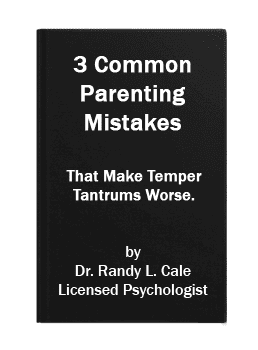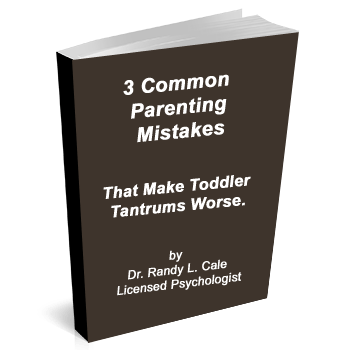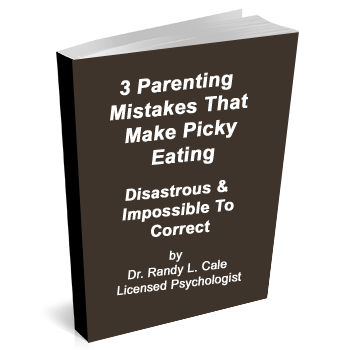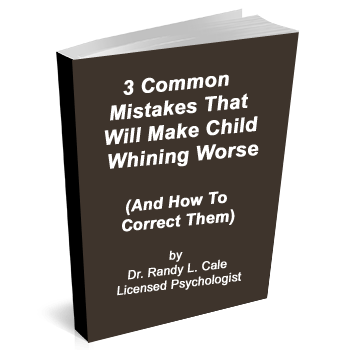 It’s time to go shopping, and suddenly you can’t find a babysitter. You dread the thought of taking the kids along, as they start to whine and complain by the time pull out of the driveway.
It’s time to go shopping, and suddenly you can’t find a babysitter. You dread the thought of taking the kids along, as they start to whine and complain by the time pull out of the driveway.
You start to threaten them and you run out of threats. You then try to bribe them and you spend all your money on the bribe to try to stop whining and complaining. You hate the feel of this. The whole experience is one of constant struggles and arguments, as you deal with complaints, whining, and chronic unhappiness.
- Does this sound familiar?
- How would you like to go to the mall, and have the kids happily participate in the shopping experience?
- How nice would it be to make a run to Home Depot and not have a melt down in the aisles?
- Wouldn’t you like to go the grocery store and not have to negotiate with them constantly?
 There is shopping insanity, and there is shopping in sanity. You can go from craziness and dread to moments of enjoyably shopping with your kids.
There is shopping insanity, and there is shopping in sanity. You can go from craziness and dread to moments of enjoyably shopping with your kids.
Many parents struggle with this issue, as shopping becomes an insane process, where most of your efforts go into behavior management rather than the actual shopping experience. This can drive you crazy, lead to lots of frustration, and, ultimately, you end up negotiating and bargaining with the children in ways that make you feel sick inside.
How Do You Change This Pattern?
Step 1: Clarity Of Expectations.
It is essential that you have established expectations in advance, and that you don’t have to keep reestablishing these expectations every time you hop into the car.
These expectations need to deal with not only where you are going and what you are going to accomplish, but your expectations about the children’s behavior.
Perhaps more importantly, these expectations need to address how you’re going to be dealing with any problem behaviors that arise.
In other words, there needs to be one clear and precise set of expectations that address the children’s behavior and your response to their behavior. On my newly recorded, “Shopping In-Sanity“ CD, I walk you through a precise plan that gives you a step-by-step way to establish those expectations, and how to make sure the kids understand those expectations.
Step 2: Stop Investing In The Negative Behavior And Expecting It To Go Away.
If you are a seasoned reader of the Terrific Parenting website, you are certainly familiar with this theme. It is essential to bring this up in almost every effective behavior management strategy, because – if you fail to appreciate the power of this toxic component – you’ll undermine all your efforts.
So while you’re out in public, you need to be clear about the kind of annoying, irritating, unpleasant behavior that is simply not worth your attention.
If you allow such behavior to consistently pull you into reminding, nagging, arguing with the kids, you will find that all of your threats eventually become worthless.
 In the, I offer you a detailed and precise set of guidelines that will give clarity to these issues. I offer you specific ways to minimize the influence of such behaviors on your choices. In addition, you’ll learn how to practice and model this for the kids in advance of shopping experiences, so that such negativity (and whining and complaining) is minimized.
In the, I offer you a detailed and precise set of guidelines that will give clarity to these issues. I offer you specific ways to minimize the influence of such behaviors on your choices. In addition, you’ll learn how to practice and model this for the kids in advance of shopping experiences, so that such negativity (and whining and complaining) is minimized.
Step 3: Establish Limits With Consequences… Not Threats And Words.
When you want to get a message across to the kids regarding limits on their behavior, you have to do this with consequences. Words simply don’t work for this with many children.
If you have kids that are compliant, easy, and who never push the limits, a simple reminder may be sufficient. Many parents have nagging kids, whining, complaining, arguing, or negotiating over something while they are shopping.
Some of this you can ignore, and, yet, there are times when you must establish that you have reached your limit. The trick is to set limits using consequences – not words, or lectures, or threats, or bribes.
- Ultimately, you can’t buy the children’s cooperation by bribing them with a gift at the end of the shopping day.
- Ultimately, you can’t create responsible behavior by threatening them with a loss of TV for the next month.
- Ultimately, you can’t get cooperation and lightheartedness by arguing and fighting with them constantly while you shopping.
If there is a “trick” to the Shopping In-Sanity program, it’s having clarity about when to step in with the consequence, and what consequences actually work in these situations. For your kids to “learn” a more cooperative and accepting approach to the necessities of shopping on occasion, you need to gain clarity about which behaviors you can walk away from and which are worthy of consequence.
Once you decide that a consequence makes sense to an established limit, it is essential to use an effective consequence.
Effective Consequences Are Those That Are:
- Immediate
- Impacting
- Relatively short-term
- Logically related to child behavior
- Consistent
On the Shopping In-Sanity program, you learn precise consequences that have an immediate and powerful impact on the kids. You will be walked through a simple process to make sure that this is consistent, and that the kids learn quickly and efficiently.
The key here is that you do not want to be repeatedly putting consequences in effect for the next 10 years. No!
The key is to engage in a learning process that relatively quickly teaches the kids that it’s “in their interest” to be responsive to your guidance about the necessities of shopping.
In other words, this is a training process. It’s a training process in which you consistently and repeatedly – over a period of weeks, and perhaps even a couple of months – teach the children how to be cooperative and compliant while shopping.
Step 1: Clarify your expectations.
Step 2: Stop investing in negative behavior.
Step 3: Establish limits with consequences, not words and threats.
And remember: If you are having real struggles with this issue, consider checking out my brand new Shopping In-Sanity program.
- Is shopping something you dread?
- Do the kids steal all the joy from you when you are shopping for their presents?
- Have you ever chosen to go to McDonald’s just to avoid a scene at the grocery store?
- Do you fear embarrassment when going to the mall?
- Do you find yourself bribing the kids to behave in public?
If any of this is true for you, you may find that it is worth the small investment to purchase this program. The program is simple, straightforward, and IT WORKS!
By now, you have a sense of what this program can do for your home. What you don’t know is that you can put these specific tools to use today! You can order the Shopping In-Sanity program today, and bring more peace into your daily life.

 ** Please double check for accuracy. Your privacy is SAFE. We will NEVER sell/rent/give away your information.
** Please double check for accuracy. Your privacy is SAFE. We will NEVER sell/rent/give away your information.













